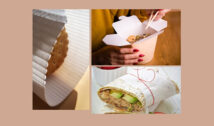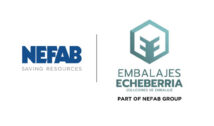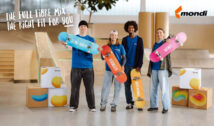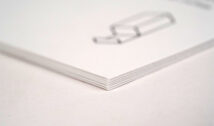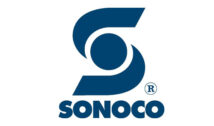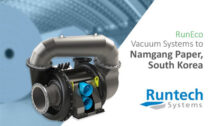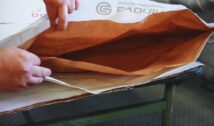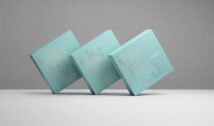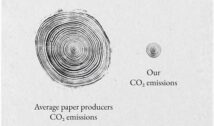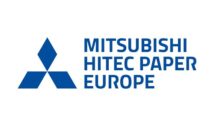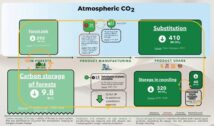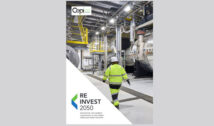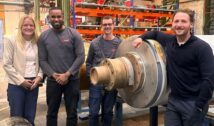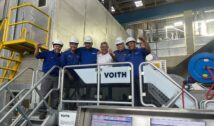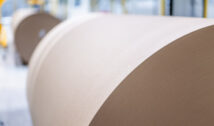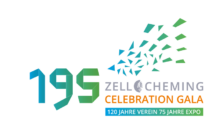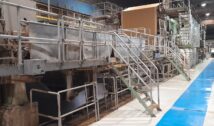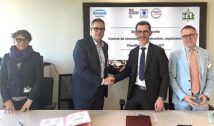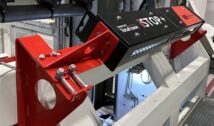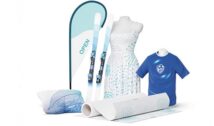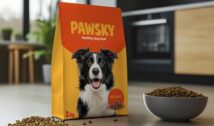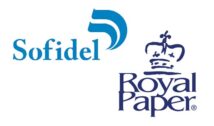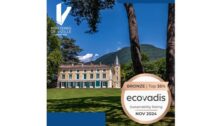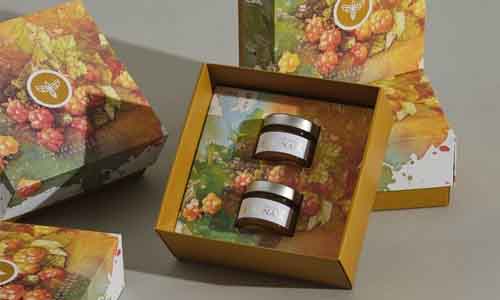
Metsä Board, part of Metsä Group, has designed a lighter gift package that has strength features close to those of the rigid box solutions currently used for premium products such as cosmetics. With the new design, made from micro fluted corrugated board, the company wanted to present a new gift box solution that uses less material and has a lower carbon footprint than traditional rigid boxes.
Targeting better performance
The team at Metsä Board’s Excellence Centre in Äänekoski, Finland started to work on the new alternative a few years ago. “We were looking to provide the same experience by remodeling a box that was strong and rigid but lighter and with a smaller environmental impact,” Ilkka Harju, Metsä Board’s Packaging Services Director explains.
The best solution turned out to be micro-flute, which has a significantly smaller and lower flute size than traditional corrugated boards. The packaging consists of a separate base and lid made of micro-flute. Its surface liner can be uncoated white kraftliner or coated white kraftliner. Of these, the latter gives the package the best printing properties.
Good fit for production lines
The packaging solution is designed to be production-efficient from start to finish and suitable for mass production on current production lines – with no major retooling required. According to Harju, the new gift packaging solution is an ideal fit, especially for cosmetics, chocolate, beverages and other premium products.
“Cosmetics are probably the number one application area, but the material can be customised very easily to create unique packaging solutions,” Harju says.
Half the weight, half the carbon
The new lightweight solution also uses significantly less material. Metsä Board’s Sustainability Services team compared the new micro-flute solution to recycled fibre-based rigid box solutions, and found the micro-fluted concept to be up to 50 per cent lighter.
“Thanks to its lightness, the new packaging solution can help our customers reach their carbon reduction targets,” Harju adds.
The cradle-to-gate carbon footprint of the new solution – which considers value chain stages from raw materials extraction until the paperboard product leaves the mill – was also calculated and found to be 59 per cent lower than that of traditional solutions.*
And that’s not all, notes Harju. “Since no harmful adhesives or other plastic laminates are used in the packaging solution, the recycling becomes much more efficient.”
* Metsä Board follows process category rules for processed paper and paperboard which are based on ISO 14040/14044 life cycle assessment standards when assessing environmental impacts of its paperboards. For comparative assertions external datasets from Sphera have been utilised. These datasets represent typical products on the EU markets. Comparison excludes paperboard converting processes. Climate Change methodology used in the assessment was EF3.0 Climate Change – Total.


